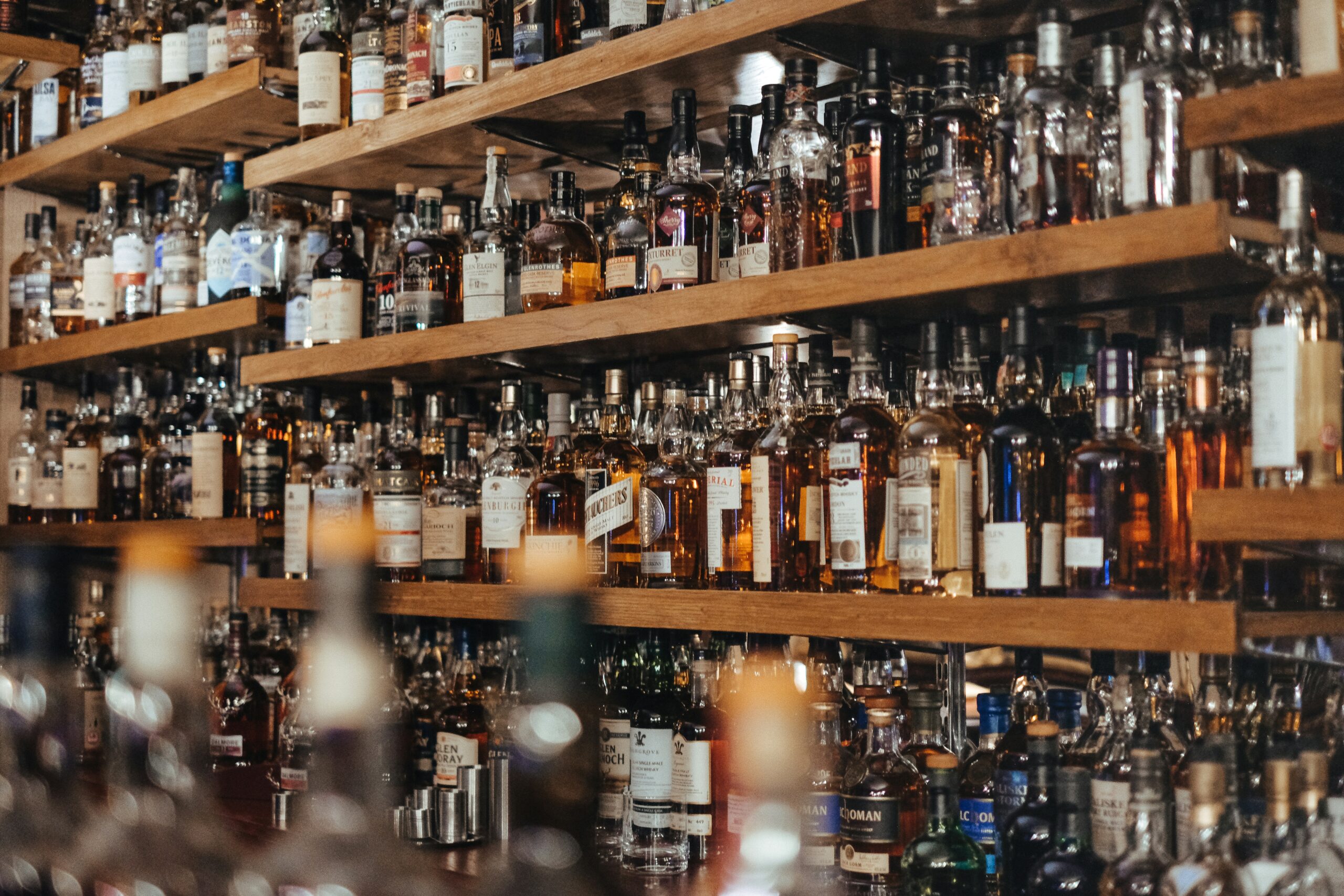Steps to success
Bottling is an attractive option for those who are drawn to the appeal of sharing their passion with others, via their own bottled and branded Scotch. It’s usually recommended for casks that are more than 21 years old.
The matured whisky is not only likely to have improved in flavour, but increased in value and desirability. This enables cask investors to benefit from a favourable price on the retail market if that is your rationale for bottling.
Below are the 6 steps you need to follow to get your Scotch from cask to bottle.
1. Determine motive
Why do you want to bottle your own whisky?
It might seem obvious but when it comes to bottling, you’ll need to be clear on the purpose. Do you want to create your own brand or unique version of the spirit. Are you looking to sell your product on the retail market, gift it or drink it?
Are you planning to bottle your whisky cask investment to mark an important milestone or celebrate a special occasion, such as a significant birthday or wedding? And do you want to bottle the whole cask or just a proportion of the barrel?
And are you going to go solo or work with a trusted whisky investment partner? Via our recently launched bottling service, we offer our clients access to a unique opportunity to create, sell and/or consume their own Scotch.
2. Confirm cask information
Does your cask size correspond with your intended purpose? It’s likely you’ll need more bottles for sale on the retail market than you would for a family event, for example.
Regardless of what drives you to bottle your own product, you’ll need to determine an accurate regauged litres of alcohol (RLA) and bottle count. Original litres of alcohol (OLA) represent the litres of alcohol when the cask was first filled, whereas RLA is the litres of alcohol calculated from a regauge.
It’s also important to be aware of bottling restrictions. For example, some teaspoon malts must be bottled as blended. (Teaspooning is the practice of adding a small amount of whisky from a distillery to a cask from another distillery.) There may also be naming restrictions, as is the case with Glenshiel (Glenrothes), Whitlaw (Highland Park) and Kirkcowan (Bladnoch).
3. The all-important design process
There’s a lot to consider when it comes to designing your own bottled whisky. From logo, brand colours, and typography, to artwork, Scotch Whisky Association (SWA) compliance, packaging, tasting notes and bottle choice. When it comes to the bottle alone, there are hundreds of designs to choose from and it’s often best to work with a trusted whisky broker.
4. Cask movement, disgorging and regauging
This involves moving the cask under bond to the bottling facility, disgorging, i.e. emptying the cask in preparation for bottling, filtering to remove any cask debris, spirit customisation and dilution.
Excluding alcohol duty and VAT, which is applicable when whisky leaves a bonded facility, we work with our clients and cover all the costs associated with bottling, including transporting the cask from our Glenrothes warehouses to the bottling hall, weighing, disgorging and regauging to confirm litres of whisky and alcohol by volume (ABV) where the final product is to become part of our ‘Collection’.
Typically, whisky casks lose around 1-2% in alcohol by volume (ABV) per year – known as the ‘angel’s share’. If this number falls below 40% the product can no longer be called Scotch, and its value diminishes significantly. Like regular health checks, regauge reports rely on taking a sample from the barrel to reveal the true value of a cask based on ABV and liquid levels.
5. Bottling, labelling and packing
There are more choices to make when it comes to the type of bottling, labelling, and packing you chose. You’ll need to decide if you want your Scotch in a standard or premium bottle – there’s even an option for hand bottling – and whether you want machine or hand labelling.
Carrying Whisky 1901 branding, the bottled whisky we co-create with our clients can be sold as part of our ‘Collection’ via our website with the profits, excluding a 10% commission, going to you, the whisky cask investor.
6. And finally… export and shipping
An important part of exporting is the certificate of analysis and certificate of authenticity.
Exporting whisky is only possible once the spirit has been bottled. Transporting bottles to a bonded warehouse in another country is the easiest way of exporting. Duties and taxes are applicable before the whisky can be shipped. If you want to export the whisky outside of the UK, it’s worth noting that regulations differ between countries, and you should check this in advance.
You’ll need to calculate the amount of pure alcohol from regauging your cask and pay the respective alcohol duties in advance.
Advice and support
Here at Whisky 1901, we offer practical support from customisation of the spirit, the design process, transportation, and logistics to calculating duty and taxes, and export if required.
As your trusted whisky investment partner, we not only advise on your purchase but how to realise your whisky cask investment when the time is right.
Bottling is subject to Whisky 1901’s Master Taster confirming that it is the right time to bottle the product.




